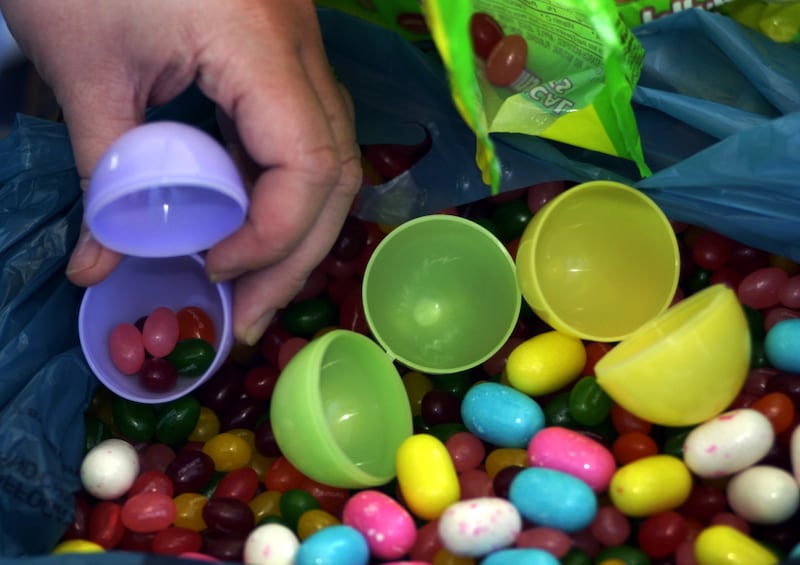Easter traditions from the mysterious Easter Bunny to egg hunts often spark questions. How did a rabbit become associated with the Easter season? Why does it deliver eggs, of all things?
The answers trace back to centuries-old customs and symbolism. Discover the fascinating origins of these rituals and learn what they really mean.
Where does the Easter Bunny come from?
The Easter Bunny, with its eggs and baskets, has little to do with the biblical story of Jesus’ resurrection. This might make many wonder where the odd tradition began.
According to Time, the symbolic rabbit traces back to the pagan festival of Eostre, which celebrated the goddess of fertility and springtime.
The rabbit, known for its prolific reproduction, became the symbol for the goddess.

The Easter Bunny made its American debut in the 1700s, according to the History Channel. German immigrants introduced the tradition of the egg-laying hare, known as “Osterhase,” which became a long-lasting symbol of springtime festivities.
The old legend said that the hare would leave colorful eggs to well-behaved children. It became tradition for children to leave out baskets in hopes that the hare would leave them behind a decorated egg as a symbol of their good behavior.
Why Easter eggs?
Christians viewed Easter eggs as a representation of Christ’s resurrection and new life.
People began decorating eggs in the 13th century according to History. Back then, eggs were a forbidden food during the period of lent.
People would decorate the eggs during the fasting season to pass the time and make the celebration of the feast on Easter Sunday feel more special.
Where do Easter egg hunts and egg rolls come from?
Easter egg hunts began in Germany in the 17th century, according to ABC Chicago.
The tradition was brought to Great Britain by Queen Victoria, who participated in egg hunts by her German mother.
Egg rolling is another popular children’s Easter activity where children push eggs across the lawn. The first annual White House Easter Egg roll took place in 1878 during Rutherford B. Hayes presidency per History.

There is no evidence that egg rolling has any religious significance — though some say rolling the eggs is symbolic of rolling away the stone that was blocking Jesus’ tomb.
The story behind the craze of Easter candy
Next to Halloween, Easter is the next best-selling holiday for candy reported by History.

The article said jelly beans originated back to a “biblical-era concoction” known as Turkish Delight and became an Easter candy staple in the 1930s. The United States makes over 16 billion jelly beans for Easter every year.
While jelly beans have been a long-lasting Easter staple, chocolate bunnies, eggs and marshmallow treats are also American favorites for a sweet Easter treat.
According to the National Confectioners Association, an important part to Easter candy culture is how you choose to eat your chocolate bunny.
Statistics show America does think there is a correct way to eat a chocolate bunny — with 78% starting the sugary experience with the bunny’s ears, 16% begin with the feet and only 6% choosing to start with the tail.



